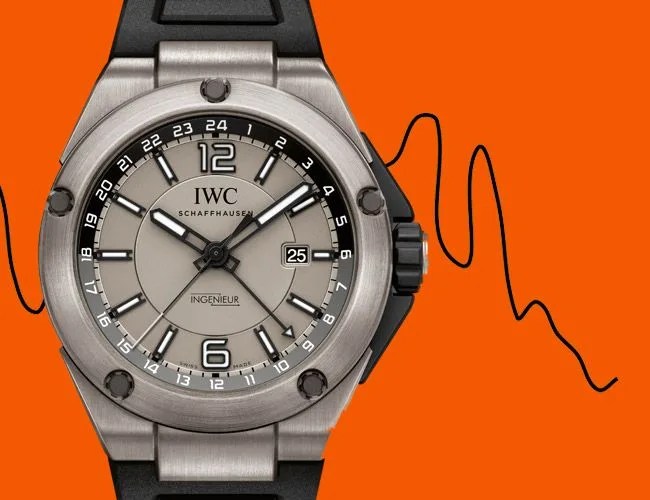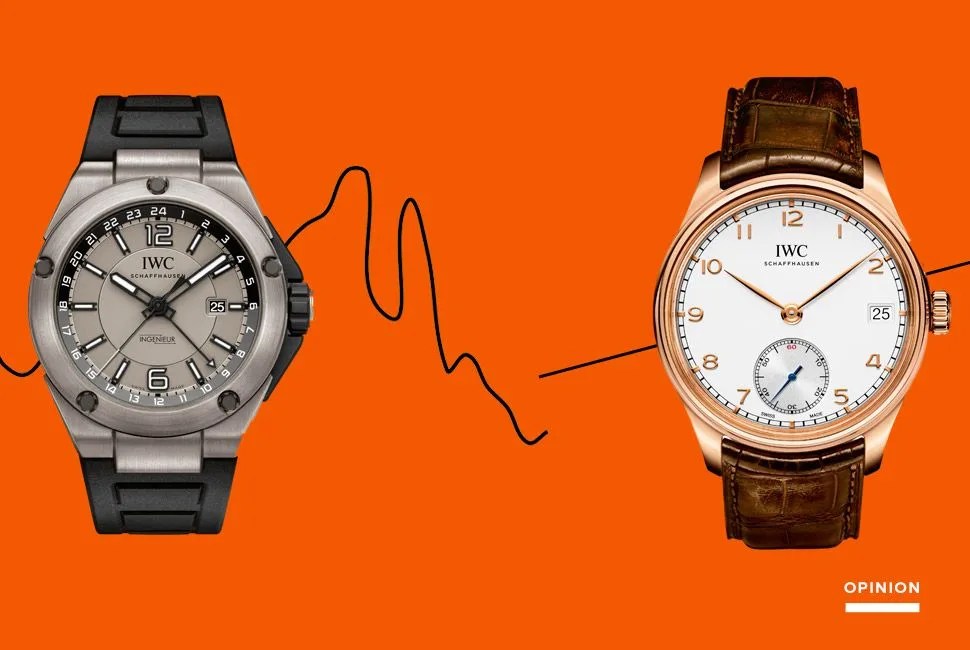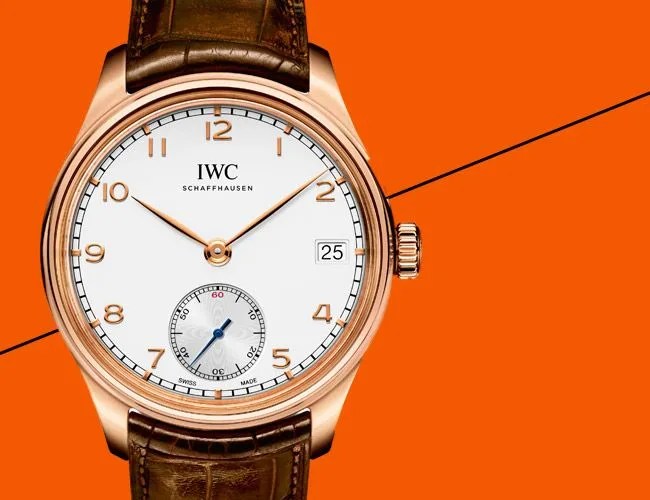Watch connoisseurs are a passionate bunch. You wouldn’t think there’d be a lot to get hot and bothered about when it comes to antiquated and genteel timepieces. But just visit any of the countless web forums dedicated to this crazy hobby and you’ll see debates raging that would make even Presidential hopefuls blush. Today we present two sides to the divisive argument that the International Watch Company (IWC) has somehow sold out or lost its way. How better to address the issue than an old-school-style debate? We’ve held onto the personal appeals and fiery language while ditching the Points of Clarification. Taking the affirmative side — that IWC has lost its way — is contributing writer Shane Griffin; for the opposition — arguing that IWC has not lost its way — is Timekeeping section editor Jason Heaton.
GP GETS HOT UNDER THE COLLAR: Debating Zero Dark Thirty | Is ETA Cutting Off the Competition or Improving the Breed? | Is This The End of Crappy American Cars
Point
by Shane Griffin

IWC is losing its way. The company still makes some beautiful watches, and it has a handful of well-finished in-house calibers. This is a watchmaker that has been a major leader with regard to innovation for over 100 years, so that’s a given. In recent years, however, IWC has relied more so on marketing than haute horology. Before anyone flips a table, let me explain.
IWC may have been at the forefront of watchmaking innovations a number of times over the last century or so, but today it’s falling behind the curve. Its competitors, Omega and Rolex, have been pushing harder on in-house innovations. Sure, IWC has delicately finished high-end calibers, but they only seem to fit into not-so-delicate oversized cases. In today’s age of robots applying aesthetic finishing, well-executed Geneva stripes are the minimum. What gets the job done is going the extra mile on the differentiators. IWC’s current technology isn’t groundbreaking. The brand touts its rotor system its most unique technology, but that was invented 80 years ago. Omega’s Co-axial Escapement, in-house silicon balance springs and 100 percent non-magnetic movement show how it is looking forward. Rolex has its Parachrom balance spring; it invented a two-tone ceramic bezel technology; it still uses a higher-grade steel than everyone else; its movements are unquestionably reliable. It’s fair to say that Breitling and even TAG Heuer are making a run at IWC with their recent in-house calibers.

